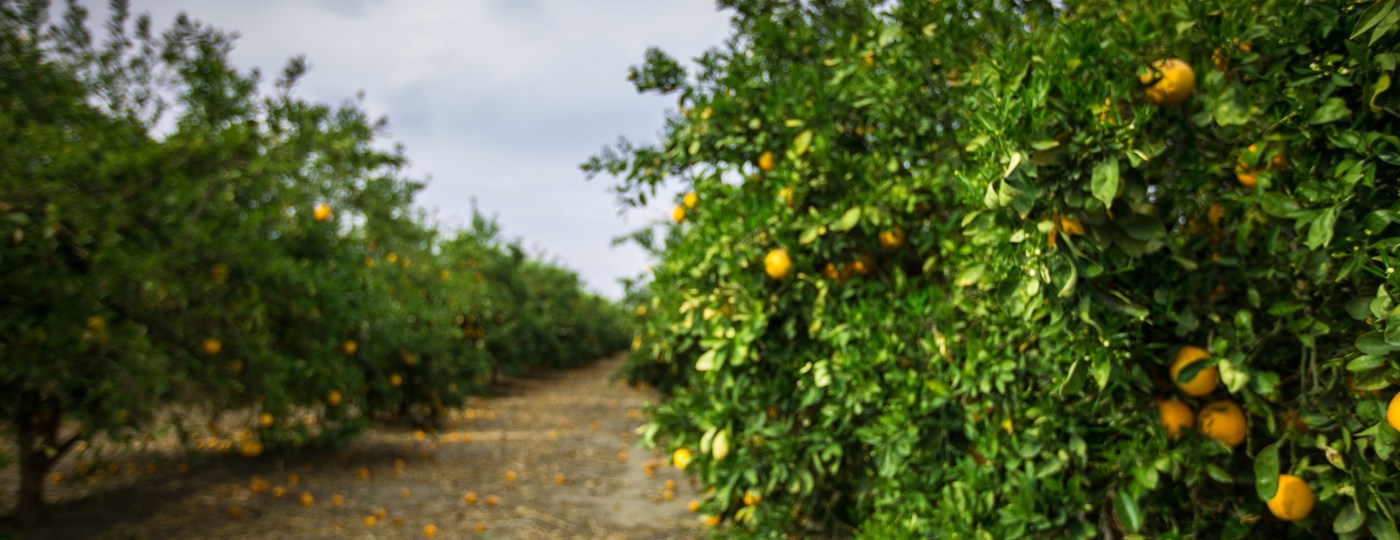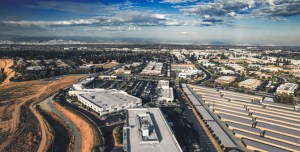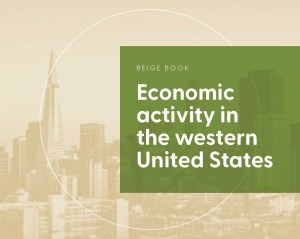As a community-engaged bank, the SF Fed seeks out real-time information on economic conditions by engaging with and learning from businesses, community organizations, and local leaders. These conversations are one of the many inputs into the decisions and monetary policymaking at the Federal Reserve as we pursue our mission.
Here is a recap of what we learned about the agricultural landscape in Kern County with Qiana Charles, Regional Executive of the San Francisco Federal Reserve Bank, Los Angeles Branch.
Agriculture is a significant business sector and major contributor to California’s economy. Producing over 400 different commodities (more than any other state in the nation), California farms and ranches operate across 24 million acres of land. California agricultural exports totaled $23.6 billion in 2022, an increase of 4.4% from 2021, according to the California Department of Food and Agriculture.

The state’s top agricultural commodities include:
- Dairy Products, Milk — $8.13 billion
- Grapes — $6.52 billion
- Cattle and Calves — $4.76 billion
- Lettuce — $3.93 billion
- Almonds — $3.88 billion
- Pistachios — $2.98 billion
On a recent trip to Kern County, located in the southern end of the Central Valley of California, I had an opportunity to listen and learn more about the agriculture (ag) industry, its current challenges and opportunities as well as future expectations for consumer demand and global competition. According to the Kern County Economic Development Center, the county ranks as the second largest ag-producing county in the nation with an annual output of $7.7 billion. Nearly 20% of the nation’s citrus and 44% of our table grapes are produced in the county alone. In fact, one in every five jobs in the county are directly related to agriculture.
Top crops produced in Kern County are table grapes, citrus, pistachios, and carrots – in fact, it produces 80% of the nation’s’ carrot supply.
My trip started with a tour of a citrus farm and processing center and ended with an Agricultural Business Roundtable with leaders in the citrus, grape, and tree nut sector. I had an opportunity to hear firsthand about how current challenges with the labor market and impending tariffs could impact the sector and its ability to compete for market share in the produce industry. I also learned about the challenges and opportunities to deploy new and advanced technologies in the industry.
These visits and insightful conversations with our communities help us to understand the different economic experiences of the people we serve. The information we gather is an important component of helping shape our understanding of how people and businesses experience the economy, which provide valuable real-time data to inform monetary policy.
The views expressed here do not necessarily reflect the views of the management of the Federal Reserve Bank of San Francisco or of the Board of Governors of the Federal Reserve System.




